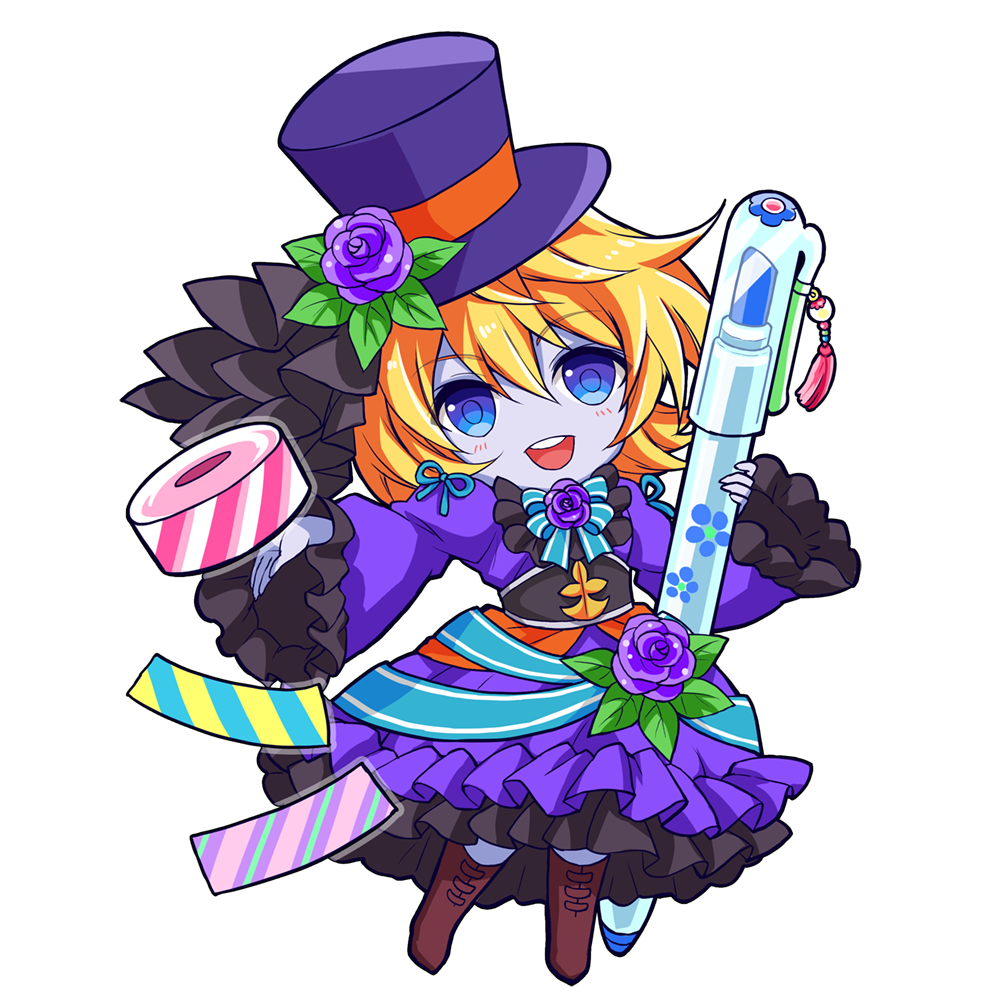“Kawaii,” a term that has been widely enjoyed in the United States. As you know, this is the word that was born in Japan, but it is very interesting because the origin and transition of the word, as well as the latest usage, are deeply intertwined with Japanese aesthetics, history, and unique national characteristics.
The origin and transition of “kawaii”
The old way of saying “Kawaii” is “Ka-Hayushi”, and this was changed from “Kao-Hayushi”. “Hayushi” is said to have been derived from the feeling of light, and “Kao” means a face, so the word “Kao-Hayushi” was derived from the word “face looks flushed.” Originally, it represented the feeling of “hard to face” and “embarrassed” when the opponent was someone with a remarkably superior position.
Someday, it came to mean “Mercy” feeling sorry for the person via “unable to see”. It is believed that the mind of mercy eventually has shifted to the feeling of love, meaning the common lovely(=”Kawairashii”) that is used in modern times.
Currently, “Kawaii” has four meanings, as below:
- Feeling one’s childhood and weakness and wanting to protect and do everything.
- Feeling one’s appearance, gesture, personality, and action charming and lovely.
- The daily necessities are small and lovely.
- There is something that makes my heart tickle, which makes me feel good.
The Difference of “kawaii”
Recently, Japanese “Otaku-Culture” has been widely introduced around the world, and accompanied by this, the Japanese aesthetic expression and sensibility of “Kawaii” has come to attract attention all over the world.
In U.S., “Kawaii” has come to be used as an adjective in English, but there seems to be a subtle difference in its meanings from “Kawaii” in Japan.
According to “Kawaii” published in the Oxford English Dictionary, it is regarded as being used for something attractive or eye-catching among the popular things of Japanese culture (Subculture/Otaku-Culture).”, that feels like the use of “kawaii” is limited.
Furthermore, the Japanese “Kawaii” has means of “sorry,” “fresh,” and “want to protect” at the bottom of it, but the word “Kawaii” used abroad does not have that meaning, and it seems to be considered as a term that somewhat contains a nuance of “Cool.”
Latest “Kawaii” variation
::The present “Kawaii” has come to be used in a very broad sense. What triggered this was a certain phrase used around 2004 for a pair of Comedian.
At first, their action was “uncomfortable, but interesting.” Japanese teenager, mainly high school girls, began to say, “Kimo-Kawaii.”
(“Kimo-i” means uncomfortable.)
Triggered by this, “Kawaii” has evolved rapidly.
So, let me introduce some of the latest “Kawaii” series!
- “Oni-Kawa”
:”The finest of “Kawaii”, very “Kawaii”
- “Bachi-Kawa”
:Sticky and Cute
- “Busa-Kawa”
:Ugly, but Cute
- “Yami-Kawa”
:Negative or mentally weak, but feeling it Cute(“Yami” means Sick)
“Kawaii” used daily in teenagers has wide variation, so in other words, comes to be ”Diversifying”. They express “Kawaii” for people such as cute entertainers, small children, not only fluffy girlish cute things, but also characters that are a little addictive, as well as kittens and deep-sea fishes.
You can see that they use “Kawaii” with various nuances for each scene.
Why don’t you make various “Kawaii” for yourselves?


![[Anime History #1]Two Anime Works set in Universe boosted the Expansion of “Japanime”](https://blueselect1972.com/wp-content/uploads/2021/07/Space-Galaxy-400x250.jpg)

![[decole]Smart Watch Holder](https://blueselect1972.com/wp-content/uploads/2021/05/decole_watch_holder-383x250.jpg)
